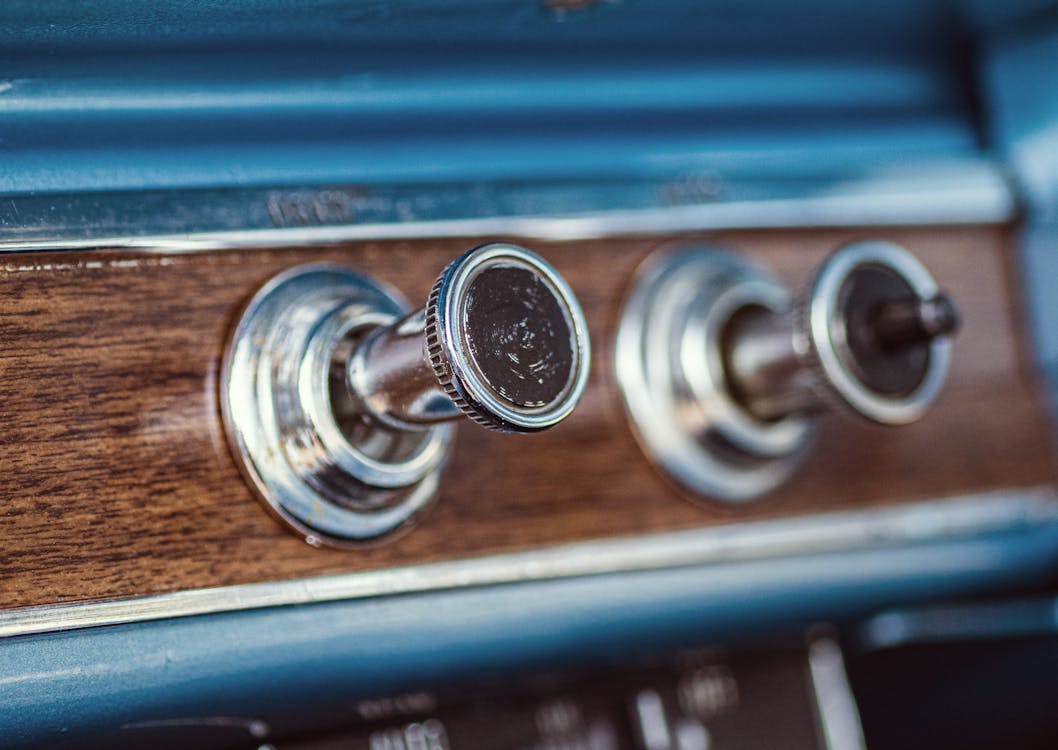
For the past decade, vehicle interiors have actually been quickly developing towards smooth, screen-dominated control board. Touchscreens replaced traditional knobs, sliders, and switches in what lots of assumed was the unpreventable march of development. Yet, in an unexpected twist, physical switches are quietly making their back right into modern lorries. The shift signals greater than simply a classic nod-- it's a response to real-world comments from vehicle drivers food craving simpleness, safety, and tactile complete satisfaction.
The Digital Overload Dilemma
When touchscreens initially started taking control of control panels, they felt like the future: clean, personalized, and filled with functions. They got rid of clutter and permitted car manufacturers to streamline their interiors with fewer physical elements. Yet as even more features were buried within digital food selections, motorists began to articulate worries.
Touchscreens typically require numerous steps to carry out fundamental tasks like changing the climate or altering the radio station. Unlike buttons, they lack the intuitive muscle memory that allows a driver to change a setup without taking their eyes off the roadway. With a lot occurring on-screen, it ends up being all too easy to obtain sidetracked-- something nobody wants when taking a trip at freeway speeds.
The Return of Tactile Functionality
One of the biggest benefits of switches is their responsive comments. You can feel them without needing to look. This sensory support makes them not just convenient yet more secure for motorists. When your hand naturally knows where the quantity knob is or just how much to push a switch to activate the defrost, it lowers the requirement to glance down or far from the road. And while touchscreens supply comfort for infotainment and navigating, the vital everyday features-- like hazard lights, audio controls, and HVAC-- really feel much better matched to physical controls.
As a matter of fact, many vehicle drivers who formerly advocated digital systems have actually expressed recognition for more recent designs that mix modern appearances with the useful feeling of traditional controls. It's not regarding denying development-- it's concerning enhancing functionality.
A Balanced Design Philosophy
Developers have actually taken notice of this moving belief. As opposed to deserting screens, they're reassessing just how they're incorporated. The best interiors now strike a balance great post between digital adaptability and analog accuracy. That suggests strategically placing buttons for vital functions while utilizing digital interfaces for apps, navigation, and media.
This hybrid method is especially popular in cars developed for long-distance driving or households. The simplicity of pushing a button without fumbling via a food selection makes a huge distinction when you're trying to stay concentrated, comfy, and risk-free. Even in vehicles known for sophisticated technology, a basic rotating dial or tactile control can be the feature that gains motorists searching for thoughtful design.
Buttons and the Emotional Connection
There's additionally something distinctively emotional concerning switches. They bring a certain degree of interaction that touchscreens just do not replicate. Pushing a button or transforming a dial feels like you're literally communicating with your vehicle-- it adds a layer of link that makes the driving experience more delightful.
For those thinking about used Chevy cars, automobiles from recent years commonly offer the very best of both globes: receptive touch interfaces paired with traditional physical controls. These versions bridge the gap in between development and knowledge, making them perfect for motorists that appreciate contemporary functions without giving up convenience of use.
Technology Isn't Just About Screens
It's easy to conflate innovation with screens, however true advancement suggests boosting the driver experience. In this light, buttons are a type of wise style. They're fast, accurate, and don't demand attention. As automotive design comes to be increasingly driver-centric, convenience and intuition take spotlight.
This likewise ties directly into the resale and trade-in worth of automobiles. Autos that focus on easy to use features tend to mature much better in the eyes of future buyers. If you're considering a Chevrolet trade in, understanding that your current lorry provides an attentively created inside, total with conveniently available controls, can have a favorable effect.
The Future Is Functional
As car makers re-evaluate the role of user interfaces in the cabin, they're assisted by driver comments and real-world use studies. The renewal of buttons doesn't indicate a go back to the past-- it's a step forward in thoughtful, user-first style. It recognizes that progress doesn't constantly suggest eliminating the old however incorporating it in such a way that makes driving safer, simpler, and a lot more delightful.
If you're in the market and exploring Chevy new car deals, keep an eye on exactly how different models manage their indoor controls. It's not nearly the touchscreen dimension-- it's concerning just how the automobile assists you stay focused on the roadway while making your day-to-day commute extra instinctive. Buttons may not be the flashiest feature, but they're quickly turning into one of one of the most appreciated.
For even more understandings into automotive fads, interior decoration advancements, and wise vehicle shopping pointers, make sure to check back routinely. We're constantly upgrading the blog with fresh concepts to assist you browse the roadway ahead.